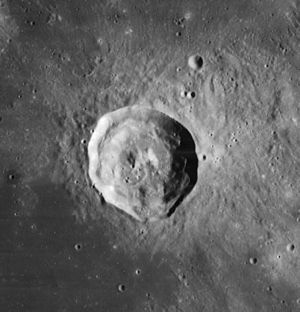Marcus Manilius facts for kids
Marcus Manilius was an ancient Roman poet and astrologer. He lived around the 1st century AD. He wrote a long poem in five books called Astronomica. This poem is all about stars, planets, and how people believed they influenced life on Earth.
The Astronomica Poem
Manilius's famous poem, Astronomica, is a very special work. We don't know much about Manilius himself. But his poem suggests he lived in Rome around 20 AD, during the time of the Roman emperors Augustus or Tiberius.
Manilius studied a lot about the sky and stars for his poem. He wrote about the most advanced ideas people had back then about astronomy and astrology. Astrology is the belief that the positions of stars and planets can affect human events.
Manilius's Writing Style
Manilius often copied the style of another famous Roman poet, Lucretius. Even though his words can sometimes be a bit unusual, his writing is very good. He wrote in a style called hexameters, which is a specific rhythm for poems. He could make his lines neat and clever.
Astrology in Astronomica
The Astronomica poem is important because it's one of the first places we see the idea of "astrological houses". These houses are a system that links human life and events to different parts of the zodiac. The zodiac is like a belt of constellations in the sky.
This system of astrological houses has changed over many centuries. But it first appeared in Manilius's Astronomica. The oldest surviving horoscope that uses these houses is from around 20 BCE. Later, a famous astrologer named Claudius Ptolemy didn't use these "houses" much in his own astrology book.
Honors
A special place on the Moon is named after Marcus Manilius. It's an impact crater called Manilius. You can find it in an area of the Moon called the Mare Vaporum.
See also
 In Spanish: Manilio para niños
In Spanish: Manilio para niños


